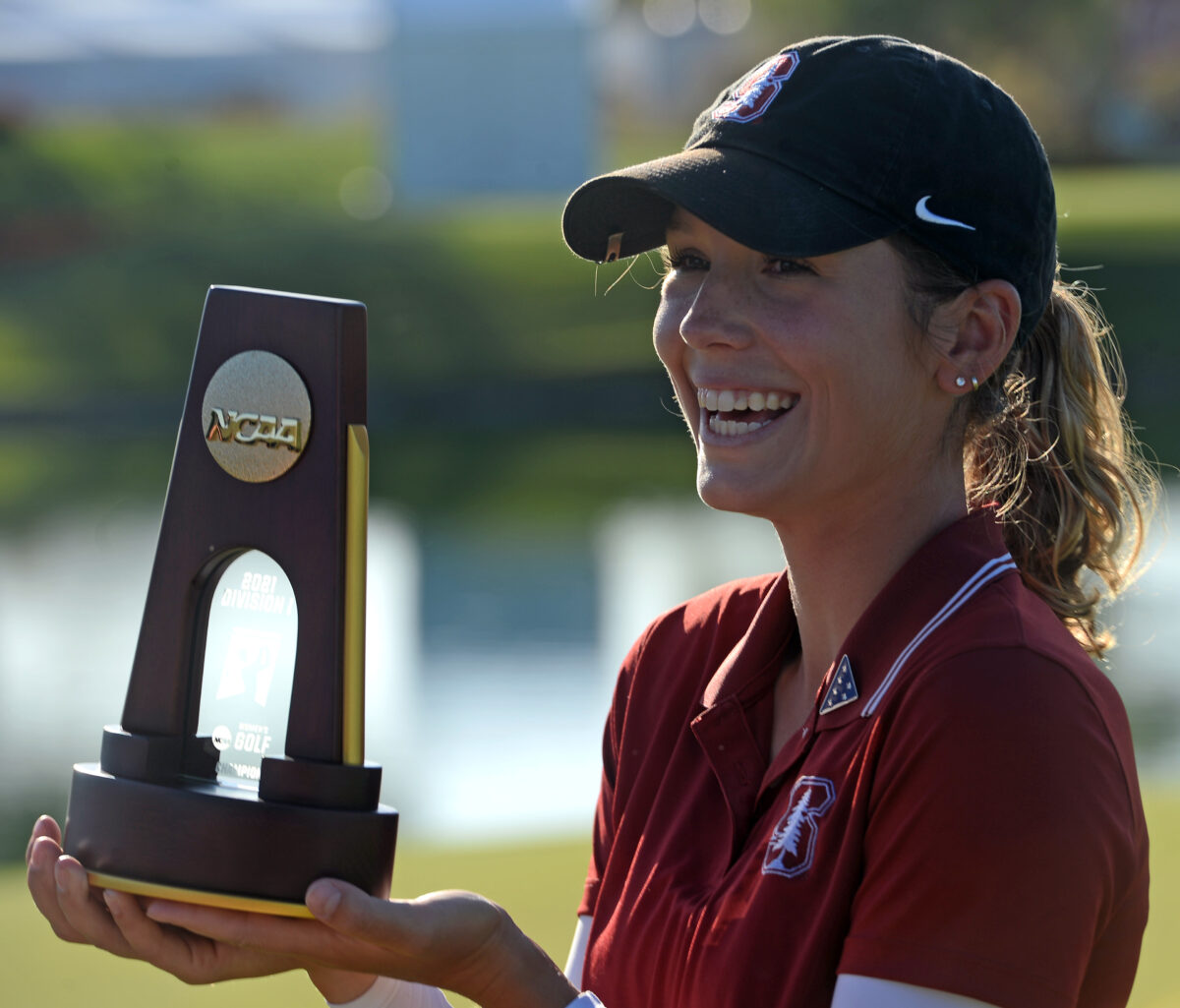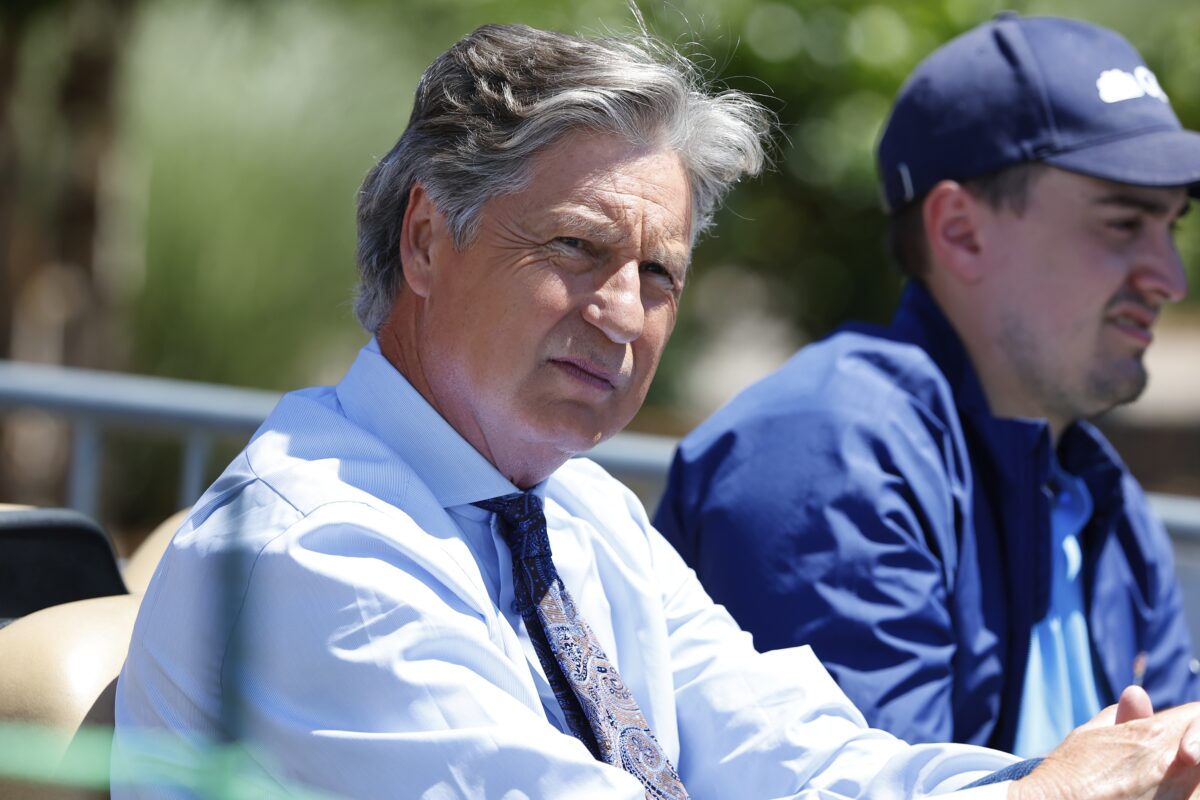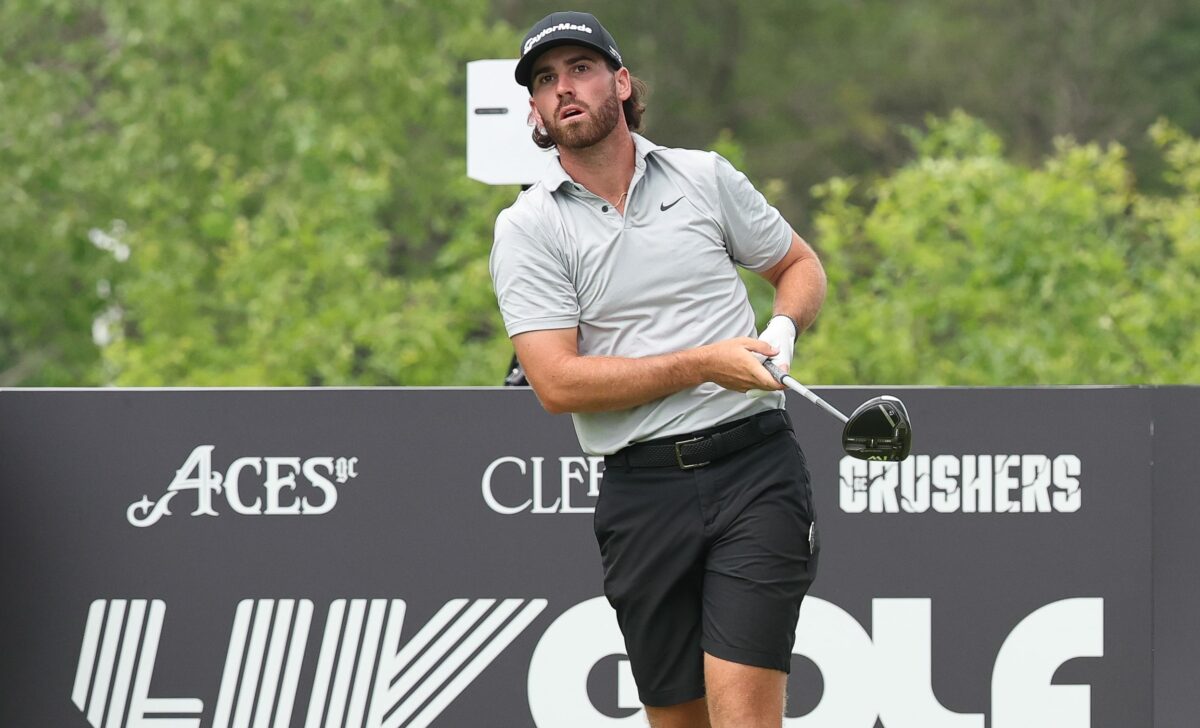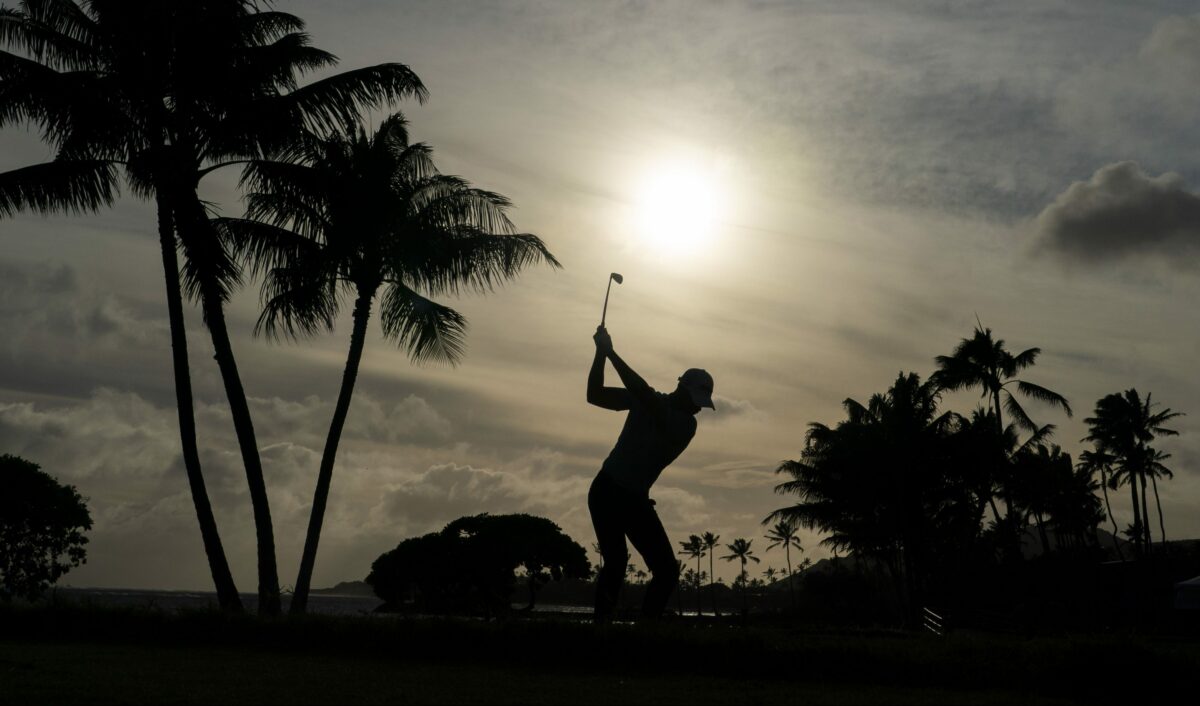This spring, after Rachel Heck completes her senior year at Stanford, she’ll put her golf clubs away and take on an internship in private equity. She’ll also be pinned as a Lieutenant of the United States Air Force. Heck explained her reasons for not turning professional in a first-person essay on nolayingup.com.
“I was strongly considering attributing my decision to my injuries,” wrote Heck, who has grappled with several in recent years. “It is true that even if I wanted to, I do not know if my body would hold up on tour. But frankly, after a couple of years of painful deliberation, I have come to realize that I do not want to play professional golf.
“I do not want a life on the road and in the public eye. I no longer dream of the U.S. Open trophies and the Hall of Fame. And I realize now that these dreams were never what my dad intended when he first put a club in my hand.”
Golf has given me the world and more. Post-graduation, I’m choosing to hold onto my love of the game as an amateur as I explore new horizons. Read about my decision at the link below🫶🏻https://t.co/LDq5j0pYYR pic.twitter.com/pZ7sEfpuX0
— Rachel Heck (@rachelheck2020) March 25, 2024
Heck qualified for the U.S. Women’s Open at age 15 and, as a hotshot junior, suffered a back injury that left her sidelined from the game. Without golf, she felt lost, and during a period of darkness, decided that she wanted to pursue the Air Force ROTC to find something more. Heck’s parents told her she was crazy, but she persisted.
As a freshman at Stanford, with dreams of playing on the LPGA and serving in the Air Force in full throttle, Heck set an NCAA scoring record (69.72) en route to sweeping the postseason.
Heck won six times in nine starts in 2021, including her last five events. She became the third player in NCAA history to sweep the postseason, winning the Pac-12 Championship, NCAA regionals and nationals. She posted 15 of 25 rounds in the 60s, including 12 consecutive.
But, as her college career progressed, more injuries followed. While Heck intends to pass on the professional life, she does plan to continue to play amateur golf, following a similar path set by Wake Forest grad Emilia Migliaccio.
“I have grappled with anger, hope, depression, joy, and everything in between,” Heck wrote, “but amid each trial in which I so desperately sought the clarity of a deeper meaning, God always showed me the next step. Right now, the next step is not professional golf.”
[lawrence-auto-related count=4 category=1373]






